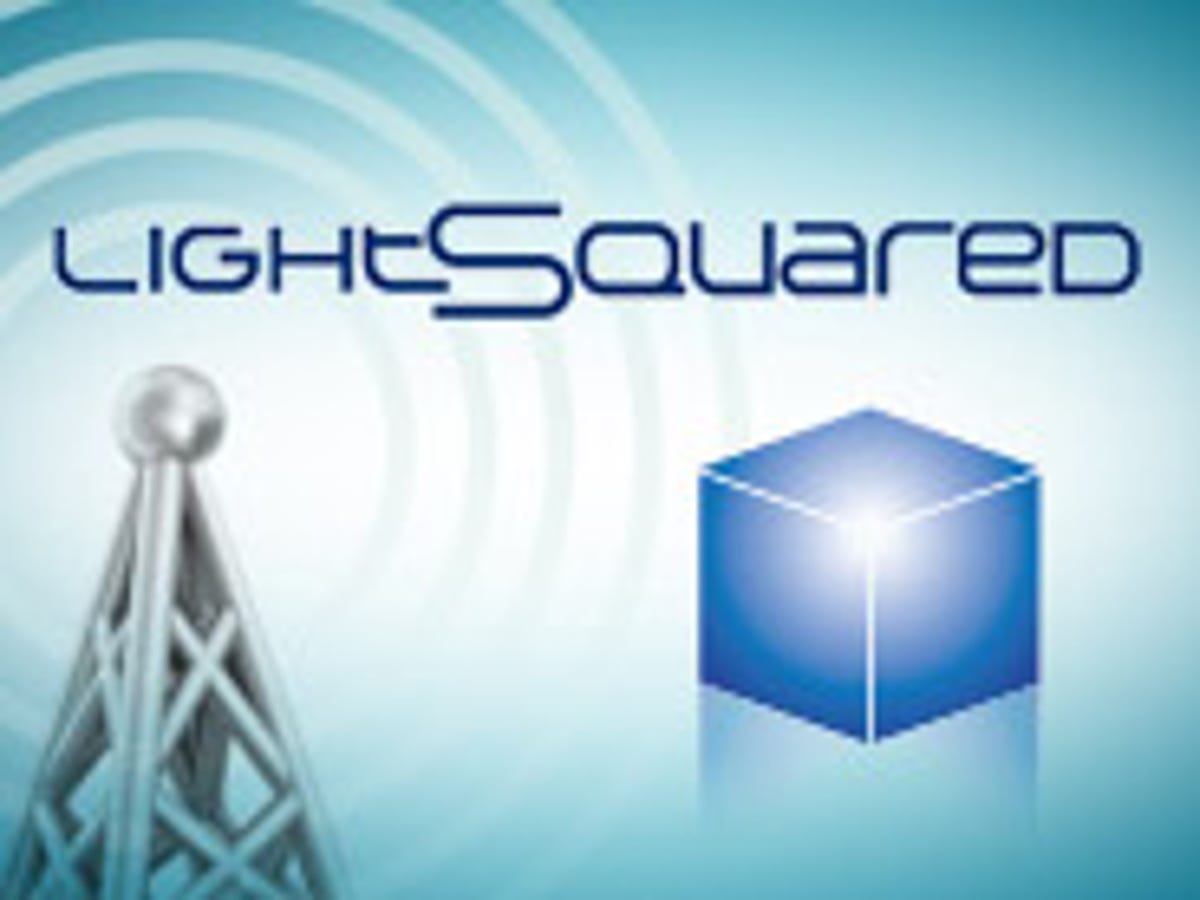Things might finally be looking up for LightSquared, the much ballyhooed wireless startup with big plans to blanket the U.S. with 4G LTE service.
The company, which seemed doomed a year ago after the GPS industry successfully lobbied against its efforts to use 40MHz of unused satellite spectrum for terrestrial wireless broadband, may be getting a second chance after all.
This week the company received approval from the Federal Communications Commission to test the feasibility of sharing spectrum with the federal National Oceanic and Atmospheric Administration (NOAA). If all goes well with the testing, the company could use this spectrum to help build the nationwide 4G network it had promised a couple of years ago.
The company also got a shot in the arm this week with the nomination of Tom Wheeler as the new FCC chairman. Even though Wheeler hasn’t taken a stance on LightSquared’s specific case, the new chairman, if confirmed, may be more willing than the current FCC chairman to stand up for the company, as it tries to build a wholesale wireless broadband network to compete with AT&T and Verizon Wireless.
Progress at the FCC
On Monday, the FCC gave approval for LightSquared to begin testing the use of 5MHz of spectrum in the 1675-1680 MHz band. This sliver of spectrum sits right next to spectrum that LightSquared already owns and plans to use in building its wireless broadband network. It’s controlled by the National Oceanic and Atmospheric Administration, which is currently using the spectrum for a variety of atmospheric monitoring including the use of weather balloons.
According to a proposal that LightSquared submitted to the FCC in September, LightSquared will share the spectrum with NOAA. The three-month test is designed to make sure there are no significant interference issues between the terrestrial 4G LTE network LightSquared is building and the ground to satellite network NOAA is using.


As part of the plan, LightSquared has agreed to give up 10 MHz it had originally planned to use for its wireless broadband network. The use of this spectrum came under fire by the satellite GPS industry, which claimed that LightSquared’s terrestrial network would interfere with its GPS receivers operating in adjacent spectrum bands.
Even though the FCC had already granted LightSquared a conditional waiver to use this 10Mhz of spectrum for a terrestrial-only wireless broadband network and despite the fact that LightSquared had demonstrated several technical fixes to the potential interference issues, the agency suspended the waiver in February 2012 after intense political pressure.
If the testing of LightSquared’s new plan goes well, the company will be able to combine the 5 MHz of NOAA spectrum with another 5MHz of spectrum it already has access to for a total of 10 MHz of spectrum that can be used for its “downlink”network access. This downlink access provides connections from LightSquared wireless towers to subscriber handsets. This spectrum can then be paired with an additional 20 MHz of spectrum, the company is already authorized to use for “uplink” access.
In total, this would give LightSquared 30 MHz of wireless spectrum nationwide that can be used to build its wireless broadband network, which is only 10 MHz shy of the amount of spectrum the company had planned to use in its original proposal. Under the new plan, LightSquared should still be able to cover about 95 percent of the network it had originally proposed to the FCC.
Considering that other wireless providers such as Verizon have built a similar nationwide 4G LTE network using 10 MHz of spectrum for a “downlink” and another 10 MHz for an “uplink,” if LightSquared can share the NOAA spectrum without interference, it will be in good shape to build its network.
New chairman holds promise for LightSquared
LightSquared’s year-long fight with the GPS industry is considered by some in telecom policy circles to be a low-point for the Genachowski-led FCC. One of the primary goals of the agency under Genachowski was to put additional wireless spectrum in the market. In January 2011, the FCC granted LightSquared a conditional waiver to use 40 MHz of wireless spectrum that had been classified for satellite use for building a terrestrial-only wireless broadband network. The company planned to sell access to the network on a wholesale basis, providing competitors to AT&T and Verizon Wireless access to a nationwide 4G LTE.


Core Capital Partners
But then the GPS industry protested and put up an aggressive, political fight accusing the planned LightSquared network of causing irrevocable harm to the the GPS industry. LightSquared countered with proposals that would mitigate these interference issues. But the GPS industry was undeterred in its campaign to defeat the company. And in addition to its technical complaints, painted LightSquared as a company that had gotten special favors from the FCC.
Meanwhile, during the entire debate, Chairman Genachowski did not defend the FCC’s original stance. Instead, he kept quiet, even as some members of Congress tried to stand up for LightSquared, the agency remained mum. Eventually, the FCC gave into pressure and suspended LightSquared’s waiver.
It’s impossible to say whether Tom Wheeler, who was nominated by President Obama Wednesday to take over Genachowski’s post as chairman, would have handled the situation differently. And it’s difficult to predict if he will more vigorously defend LightSquared’s efforts going forward. But Wheeler has been a strong supporter of getting more wireless spectrum into the market. Having served as head of the CTIA Wireless Association for 12 years and his experience on the FCC’s Technological Advisory Council, he certainly understands the technical issues. And as a veteran in and around Capitol Hill, he also understands how to get things done politically in Washington.
Some LightSquared supporters believe that Wheeler is a likely ally for their cause. And they are hopeful that he sees the company’s continued efforts to build its network as an opportunity not only to bring more spectrum onto the market, but also to help create more competition.
Uncertain future
Still, LightSquared’s future if far from certain. The company, which filed for bankruptcy last year, is expected to emerge from those proceedings in July. But it’s unclear who will take control of the company post bankruptcy.
According to news reports, a hedge fund called Sound Point Capital, which has to Charlie Ergen, chairman of satellite TV provider Dish Network, now holds more than $600 million of LightSquared’s $1.7 billion debt. Sound Point Capital Management LP is headed by Ergen’s former banker, Stephen Ketchum.
The Wall Street Journal suggested in a story published in April that Sound Point Capital’s extensive holdings in the company could mean more influence in the outcome of the bankruptcy. And the firm may force LightSquared’s leading investor hedge fund mogul Philip Falcone from his control of the company.
LightSquared’s loan agreement forbids competitors, including Dish, from buying up the company’s debt, the Wall Street Journal reported. And it’s unclear if Dish itself is behind the purchase of debt. But it is a fact that Dish is also making a major play in the wireless market. The company got approval from the FCC in December to repurpose 40 MHz of satellite spectrum to build a wireless broadband network. And last month, the company made made public its intention to purchase Sprint Nextel. Japanese carrier SoftBank has already signed a deal to buy Sprint. The two companies may end up in a bidding war for the carrier.
If Dish is somehow behind the purchase of LightSquared’s debt, control over LightSquared could make for an interesting contingency plan for Dish if it’s unable to acquire Sprint. And the fact that LightSquared is close to coming up with its own contingency plan for putting its spectrum to use, only makes it more valuable to Dish and other wireless operators looking for additional spectrum.



